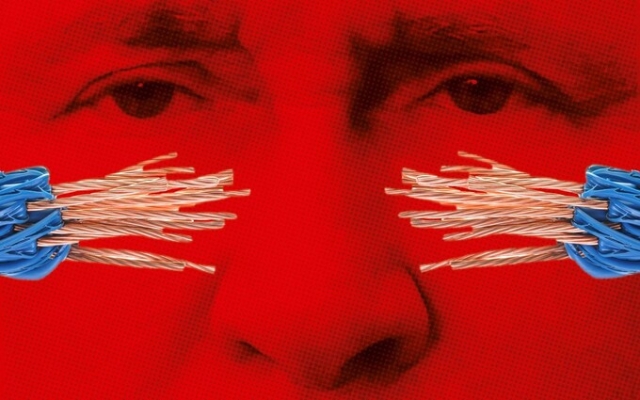
Today, everything on the Internet, from stock trading to funny cat videos, travels through an undersea cable at some point.< /p>
They are out of sight and largely forgotten, but these cables are the arteries of the global economy. And they are uniquely vulnerable.
One careless fisherman who dropped anchor in the wrong place can cut off an entire country. This is the weak point of the West, which is being actively explored by the forces of Vladimir Putin.
Trevor Taylor, senior director of the London-based defense think tank RUSI, says Russia has already «noticed the vulnerability of the West's submarine cable.»
«There will be people, elements in Russia saying, 'Let's threaten». them,” he says.
— “Because for Russia it is relatively inexpensive. They are not dependent on international trade, using these cables the way we are.”
As Russia invests more in what military thinkers call «subsea capabilities,» the potential for global disruption can no longer be ruled out. is ignored.
Harming the West's ability to trade and communicate is a frighteningly simple task, but repairing it requires a significant investment of both money and time.
Fixing a damaged line could cost between $1 million and $13 million, industry sources say. say, depending on the depth and location of the cable.
In West Africa this could take months; for wealthier operators in the Atlantic and Mediterranean, time is measured in days or weeks.
Undersea internet cables throughout the UK
Even the simplest repair of a single fiber — a thin strand of glass of almost unearthly thickness hidden within protective layers of plastic and metal casing — can take 15-20 hours.
Christel Heidemann, chief executive of the first French state-owned telecoms operator Orange, says : “Few people realize it, but the 486 submarine cables that crisscross the planet span 1.3 million kilometers and carry 99% of the world's data every day.”
Orange is expanding its ability to quickly repair faults across cable lengths 160,000 miles (257,000 km) laid in recent years.
Last week, Heidemann christened the new cable repair vessel to the 12-person Orange Marine fleet.
Under the warm Mediterranean sun of Toulon, she smashed a traditional bottle of champagne against the side of the C/S Sophie Germain, bringing good luck to the ship.
However, hidden among the dignitaries and leaders celebrating this event were officers of the French Navy.
The personal presence of Rear Admiral Vincent Gregoire, Deputy Commander of the French Navy for Mediterranean Operations, was no coincidence.
Sophie Germain's task is to find and repair any damage along the thousands of miles of cables crossing the Mediterranean, Red and Black Seas.
Her mission can lead her into the most heated disputes. waters on this side of the Persian Gulf, under the watchful eye of the French Navy.
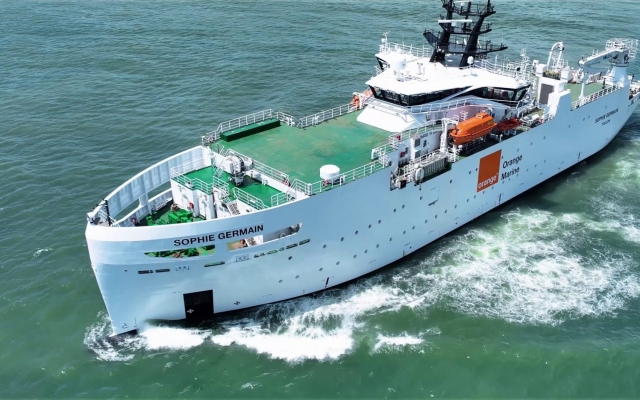 Captain Sophie Germain is the latest addition to Orange Marine's fleet of 12 cable repair ships
Captain Sophie Germain is the latest addition to Orange Marine's fleet of 12 cable repair ships
Damage to undersea infrastructure not only slows down consumer browsing and eats into shareholder dividends, but can also cripple the economies of entire countries.
In 2017, an incident caused a cargo ship to drag its anchor through Somalia's main maritime telecommunications networks. cable by cutting it. It is estimated that the interruption is costing the country about $10 million a day.
With the outage lasting almost a week, this single incident may have robbed Somalia of $5.6bn (£4.58bn) by a full percentage point. GDP for 2017.
Similarly, the sabotage of the Nord Stream pipeline a year ago led to a sharp increase in natural gas prices by 30%, which caused fear and uncertainty in all European capitals.
Vladimir Putin's nation has a long history of submarine warfare. dating back to the earliest days of the Cold War.
Tom Sharp, a former Royal Navy officer, says Russian submarines are constantly sniffing around Britain's undersea infrastructure.
A former captain of the hunting frigate HMS St Albans, Sharp says one of his warship's main missions was to «keep the Russians out away from the cables.”
“It was damn difficult because they were very well managed. » he recalls, telling stories of hunting down Akula-class submarines and diverting them from the underwater arteries that supply our island nation.
Russian interference in undersea cables has been the subject of public debate before.
In mid-2016, as Putin supported Syrian dictator Bashar al-Assad's bloody crackdown on his own people, Internet monitoring company Dyn noted a sudden increase in connectivity problems to the Internet, affecting undersea cables connected to Syria.
Russian spy The Yantar ship worked very close to the cables for some time.
Since the Yantar carried two titanium-bodied underwater robots capable of diving more than 6,000 meters below the surface, security officials were deeply concerned. about what was happening.
Yantar looked like it was inspecting one of the fiber optic cables in the area, “and who knows what they were doing there,” says a military source.
Despite the bloody intensity of the war in Ukraine and Russia's significant interests in the eastern Mediterranean, as well as the many cables running through this maritime and digital trade hub, have remained largely intact.
Didier Dillard, head of Orange Marine, says: “As a cable ship operator responsible for repairing damaged cables, I cannot say that I have seen more cable breaks than before 2022.”
“Most of the time [ this] fishermen are off course, sometimes underwater landslides can damage your cable, sometimes the repeater fails due to technical reasons, so you need to replace the repeater. I can’t say anything more,” he says, shrugging his Gallic shoulders.
Big technology companies, or «GAFAM» companies as they are called in France, have a significant share of today's submarine cable industry. «Although in 2010 GAFAM did not own any network infrastructure in the Atlantic, in 2019 In 2019 they controlled 50% of the shares, and in 2019 they controlled up to 70% through joint investments,” snorts Orange’s Hademann, “to the detriment of the historical operators.”
A major technology executive with expertise in submarine cables says natural disasters can be as catastrophic for fiber-optic cables as man-made interference.
“Look at Togo a year ago,” he says, having until the complete Internet shutdown in July in this African country after an underwater landslide.
“The cable was buried hundreds of kilometers away. You send a repair vessel with approximately 10 km of cables; Well, what about the rest?»
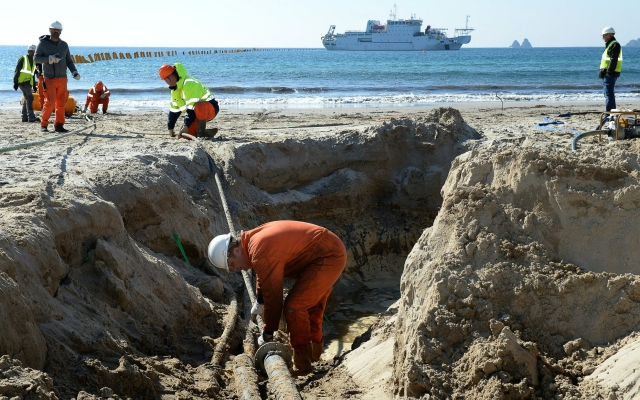 Cable repair crews can easily tell when an undersea line has been deliberately cut Photo: AFP/BORIS HORVAT
Cable repair crews can easily tell when an undersea line has been deliberately cut Photo: AFP/BORIS HORVAT
He nods approvingly at the 800km of spare cable that Sophie Germain carries with her for repairs: “It’s like AA or Green Flag, emergency service.»
One of the ship's crew admits that when this happens, it is impossible to hide the intentional break of the cable.
An active boat rip is nothing like accidentally dragging an anchor or commercial fishing gear—or even being bitten by a shark, as sometimes happens.
“Sometimes cut cables get ripped from the marked spot, too,” he mutters.
Increasing public awareness of the cable industry and economic activities. The support it maintains is key to what the industry hopes will be further investments in safety and sustainability.
A senior French navy source says: “Ten or twelve years ago, submarines the cables have just become public.”< /p>
“The question is whether we focus on solving the problems of this infrastructure; Are we investing in these technologies.»
When asked whether artificial intelligence or autonomous mini-submarines could better protect underwater infrastructure from the ravages of humans and nature, he sighs.
» I don't know. I don't think these cables will be patrolled by thousands of underwater robots, but for us it's not an easy task.»

















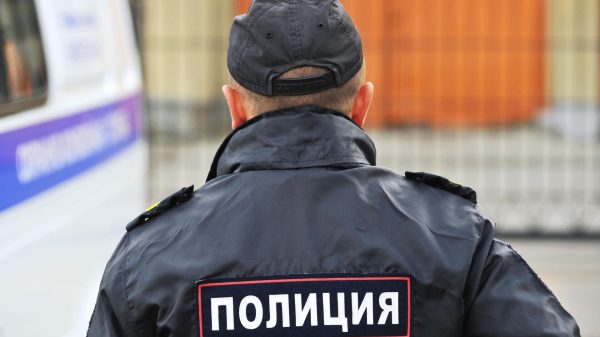
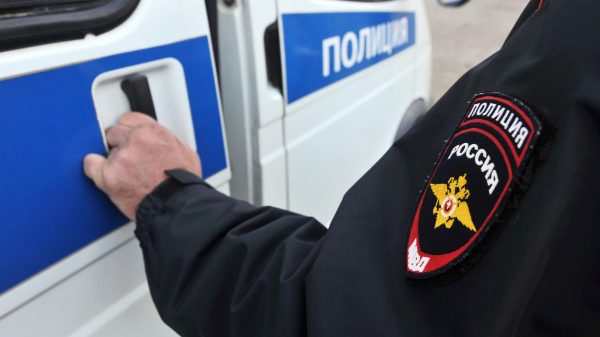



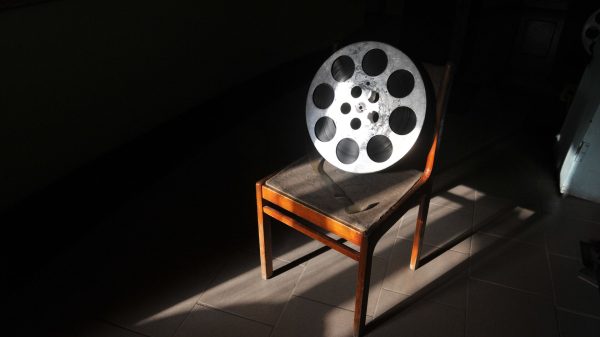


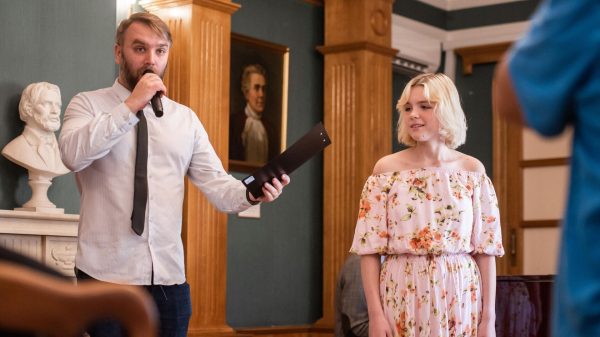



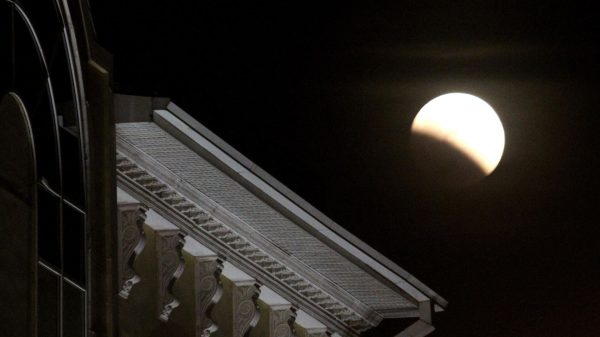





































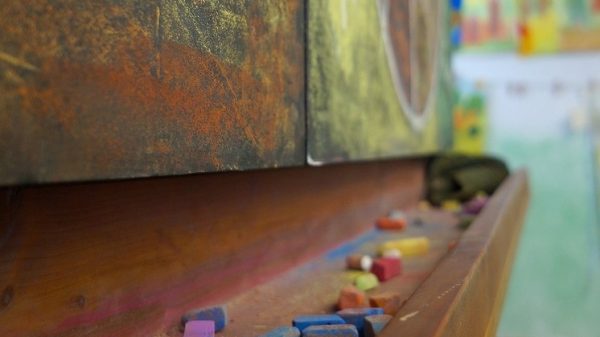
Свежие комментарии